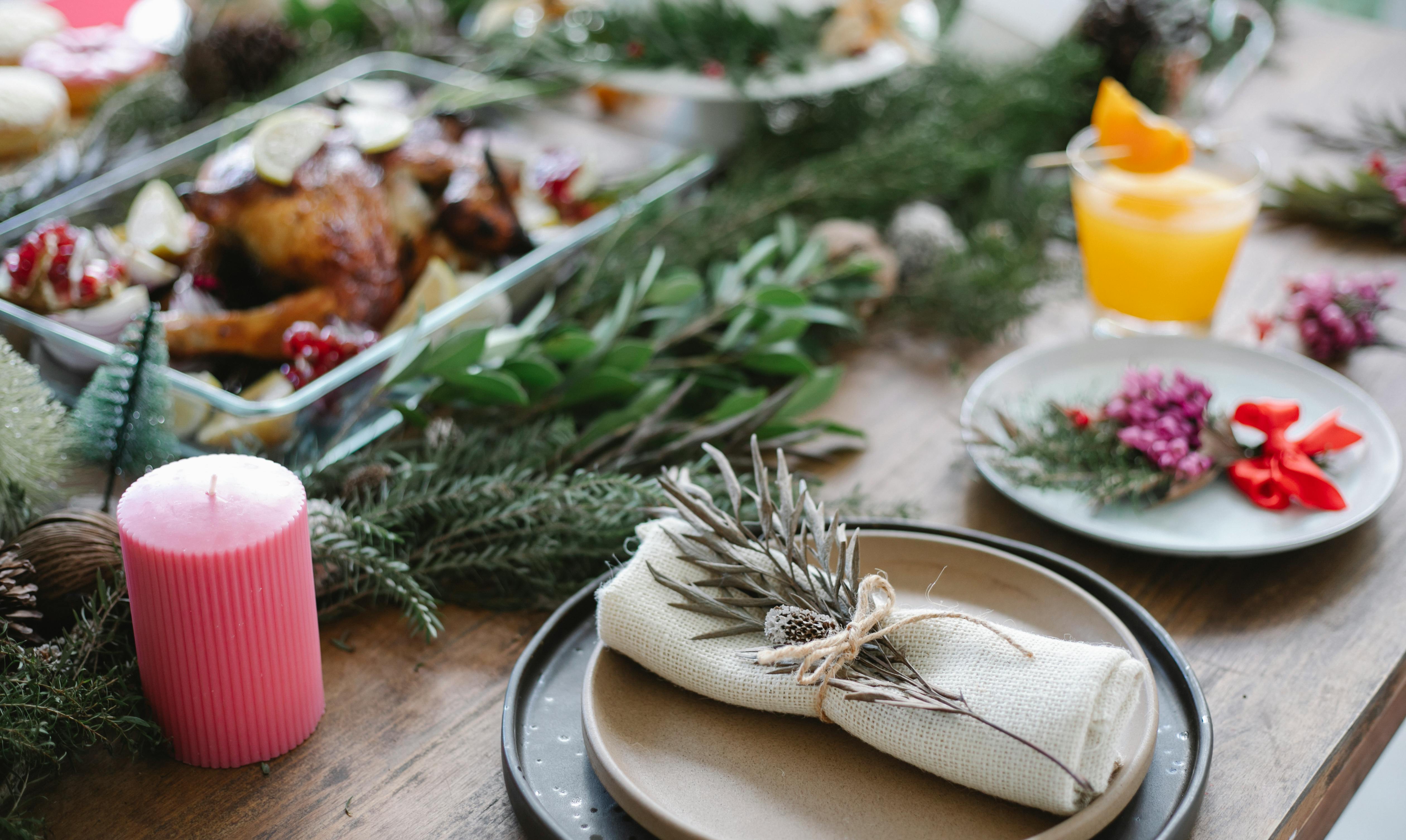Food storage: safe storage of leftovers
After a big party or dinner celebration, deciding what to do with a table full of leftovers may not be the main thing on your mind, but it is an important part of the party. It’s certainly a shame to waste good food, but letting leftovers sit out of temperature control can be unsafe.
Any food that is left out for more than two hours is likely to develop harmful bacteria and should be discarded. This applies to any part of the food, and is especially important if the leftovers have been left out in the heat of summer. This is true for both hot and cold foods, so be sure to serve the food immediately before mealtime and put anything that is standing still as soon as the meal is finished.
Bacteria thrive between 41 and 140 degrees Fahrenheit, this is known as the “Danger Zone” temperature for food storage. As soon as the food reaches that range, bacteria begin to grow immediately, so the less time you spend in that area, the safer the food will be.
Wrap it up!
How should you handle what’s left?
• Store only food that you know was handled safely in the first place and has not been contaminated by double dipping or by multiple hands picking it. If you’ve been sitting outside in your backyard, get rid of it.
• Be honest in evaluating what you are likely to eat for the next three to four days. While no one likes to throw food away, it’s not worth storing it in the fridge only to end up throwing it away anyway. If you want to save them, freeze them immediately.
• Make sure you store food correctly. Pack meats separately from vegetables and grains. Mark storage containers or bags with the names of the items and the dates you packed them, plus an expiration date so you can keep track of what to use by when.
• Cool all food completely before storing. Make sure your refrigerator is running to keep food cold enough, preferably no more than 40 degrees. You can help keep the temperature constant by not overloading the fridge, compromising its efficiency – another reason to choose what you’re saving!
• When reheating, leftovers must reach a minimum internal temperature of 165 degrees Fahrenheit for at least 30 seconds to kill bacteria. This is best done on the stove or in the oven, as microwaves do not heat evenly and some areas may heat properly and others may not be hot enough. Be sure to use a thermometer to check the temperature, removing the food from the heat source before checking to make sure you are getting an accurate reading and not just measuring the temperature of your heat source.
In conclusion
Storing leftovers safely not only prevents you from wasting delicious food, but it also prevents the growth of dangerous bacteria and limits your exposure to foodborne illness. Hot or cold food should not be left out for more than 2 hours. Be selective about what you decide to save and be sure to eat it in a couple of days.
When in doubt, throw it out!
